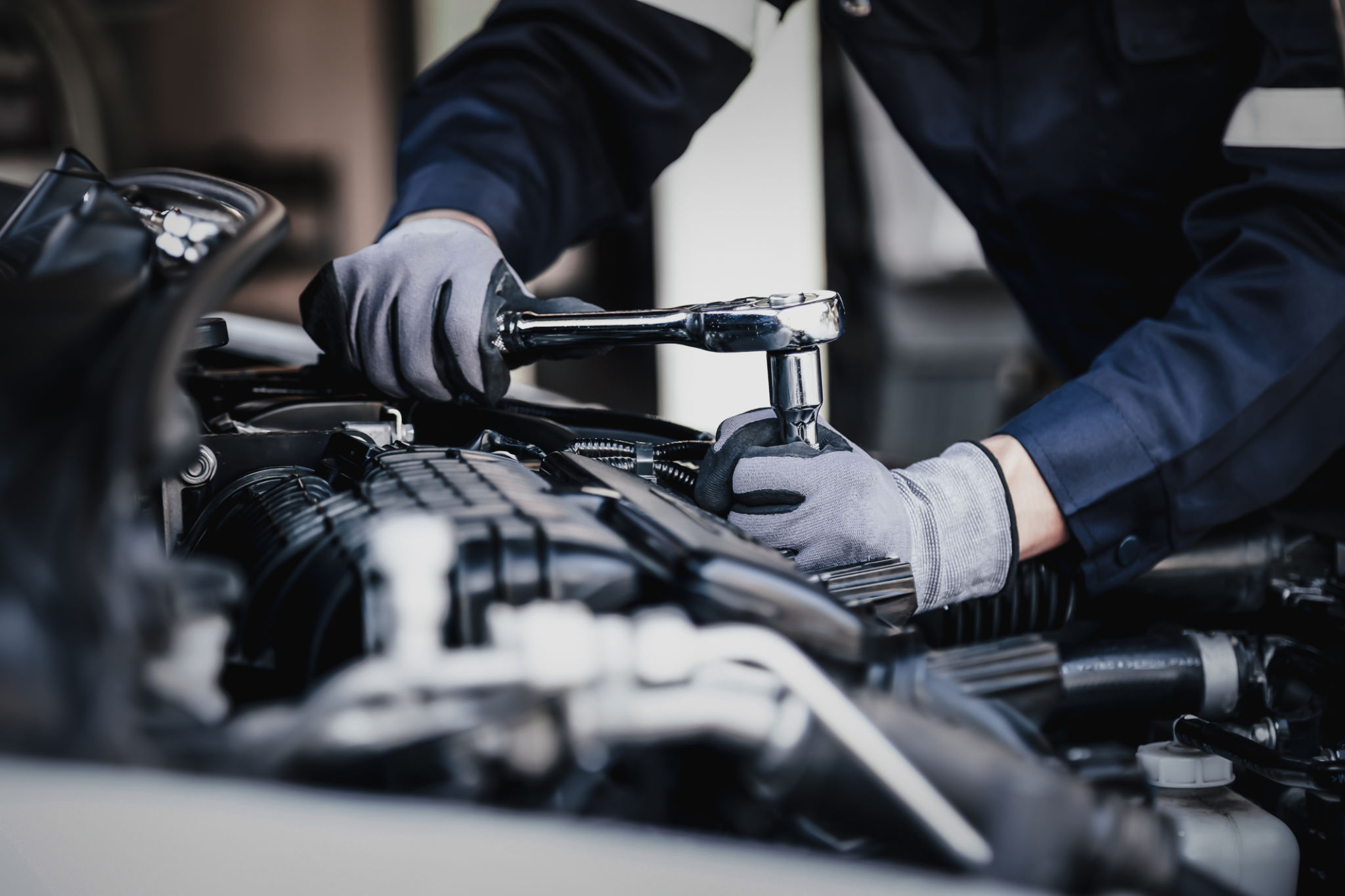DIY Guide: What to Do When Your Check Engine Light Comes On
Understanding the Check Engine Light
The check engine light is a crucial component of your vehicle's diagnostic system. When it illuminates, it's usually a sign that something is amiss under the hood. While it might be tempting to ignore it, addressing the light promptly can prevent more serious issues down the road.
Before panicking, it's essential to understand that a check engine light can indicate a range of issues, from a loose gas cap to a malfunctioning catalytic converter. Recognizing the potential problems can help you take appropriate action.

Initial Steps to Take
When your check engine light comes on, the first step is to ensure it's not a temporary glitch. Try restarting your car to see if the light remains on. If it does, then it's time to take further action.
Check the Gas Cap
One of the most common reasons for a check engine light to illuminate is a loose or damaged gas cap. Check to ensure it's tightly secured. If it's not, tighten it and see if the light turns off after a few drives.
Use an OBD-II Scanner
If the light persists, consider using an OBD-II scanner. These devices can read diagnostic trouble codes (DTCs) from your vehicle's computer, helping you identify the issue. Many auto parts stores offer free code reading services.

Common Issues Indicated by Check Engine Light
Once you have the trouble codes, you can determine the potential issues. Some common problems include:
- Oxygen sensor failure
- Faulty spark plugs or wires
- Mass airflow sensor issues
- Catalytic converter problems
Each of these problems affects your vehicle differently. For instance, a failing oxygen sensor can decrease fuel efficiency, while a faulty catalytic converter can lead to increased emissions.
DIY Fixes and When to Seek Professional Help
For some issues, like replacing a gas cap or spark plugs, you might feel comfortable tackling the repair yourself. However, for more complex problems like catalytic converter issues or mass airflow sensor failures, professional help is advisable.

DIY Fixes
If you decide to go the DIY route, ensure you have the right tools and parts. Follow online tutorials or consult your vehicle's manual for guidance. Remember, safety first!
When to Visit a Mechanic
If you're unsure about the problem or lack the necessary tools or expertise, visiting a mechanic is wise. A professional can provide a thorough diagnosis and ensure your vehicle is running safely and efficiently.
Preventive Measures
Avoiding future check engine light surprises involves regular vehicle maintenance. Ensure timely oil changes, replace air filters as needed, and address any minor issues before they escalate.
By staying proactive and attentive to your vehicle's needs, you'll minimize the chances of unexpected breakdowns and extend your car's lifespan.
